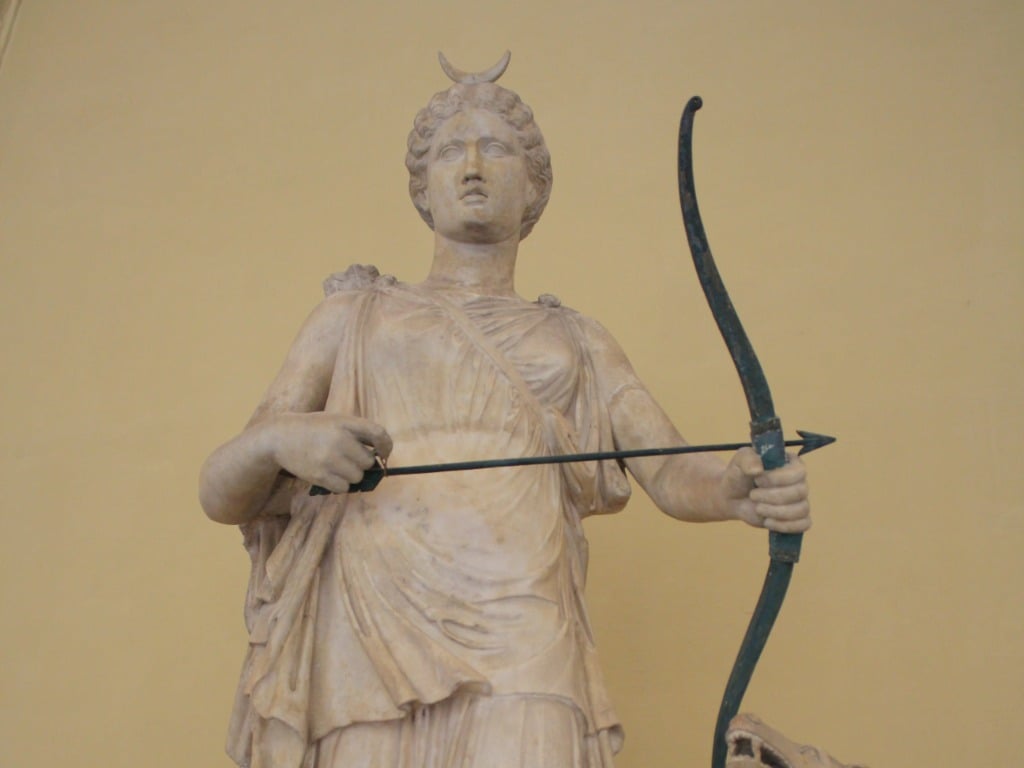
Easter is traditionally known as the annual festival to celebrate the resurrection of Jesus Christ. However, scholars have long linked the customs involved in this celebration with pagan festivals that already existed before Jesus.
Could an ancient Greek festival have influenced the development of Easter? This article will examine some of the evidence for this possible connection.
The non-Christian origin of Easter
First of all, what is the basis for saying that Easter is not simply a festival that emerged naturally out of Christian tradition? One simple basis for this conclusion is that there is no Christian tradition from which it could have emerged.
Some researchers like to say that it came from the custom of celebrating the Lord’s Evening Meal once a year. This was something that Jesus specifically said to keep on doing, and we know that the early Christians did this once a year. However, this was the commemoration of his death, not his resurrection.
Regarding the association between rabbits or hares and Easter, some researchers claim that this comes from the fact that hares were believed to reproduce asexually, meaning without a partner. This would link well with the concept of the Virgin Mary. The obvious problem with this explanation is that Easter is supposed to be about Jesus’ resurrection, not his birth.
The simple reality is that there no basis for an annual celebration of Jesus’ resurrection in early Christian tradition, nor for many of the specific customs associated with Easter. However, we do know that from the late-first century onwards, the Christians started adopting philosophies and customs from the Greeks and the Romans, as well as from others.
Eostre, Anglo-Saxon goddess of the spring
In particular, scholars have linked the celebration of Easter to the festival dedicated to Eostre, an Anglo-Saxon goddess. At least, the name ‘Easter’ allegedly came from this, as well as at least some of the customs.
Then, for many decades in the 20th century, scholars doubted the existence of this goddess. She is only known through the writings of Bede, an English historian from the eighth century. Some suggested that Bede made her up entirely.
Unfortunately, this outdated opinion is still very popular among the general public, but scholarship has long since moved on. Inscriptions from the Roman period attest to the existence of cognate Germanic goddesses.
Furthermore, linguistic evidence demonstrates very clearly the fact that Eostre is merely the Anglo-Saxon expression of a goddess that we see across numerous Indo-European cultures. She is cognate with the Greek Eos, the Roman Aurora, the Scandivania Austri, and numerous other well-attested deities.
The ancient Greek festival of Artemis
It is interesting to note that the ancient Greeks had a spring festival to Artemis. Of course, the fact that they had a spring festival in itself is not a significant connection to Easter, since the Greeks had festivals at various times throughout the year. Therefore, it is not surprising that one of them was at about the same time as Easter.
What is significant is that this festival was dedicated to Artemis, to whom the hare was sacred. According to one encyclopedia:
“Thus, the fertile hare served as attribute and messenger of Artemis.”
Another interesting fact about this festival is that the Greeks would offer bread to Artemis during their festival to her. This is interesting because bread has a strong connection to Easter. Not only are there the famous hot-cross buns, but various countries around Europe also have specific breads for Easter.
Artemis in Britain
It also might be significant that the hare had associations with another goddess who may have been worshipped at spring. In Britain, there was a goddess called Andraste. One Roman source mentions that the war leader Boudicca called on Andraste after releasing a hare. This suggests that the hare was sacred to Andraste.
Notably, Andraste herself was worshipped in Britain during the Roman period as a combination with Diana. This was the Roman version of Artemis. This reinforces the connection between Artemis and hares.
Although we cannot be certain whether this means that Andraste was worshipped in the spring like Artemis was, it is a reasonable conclusion. After all, spring is when nature seems to come to life. Therefore, it is only logical that Artemis, the goddess of the wilderness and wildlife, would be worshipped at that time of year. Since the Romano-Britons identified Andraste with Artemis, the two deities evidently had similar attributes.
All in all, we do not know the whole story behind exactly which festivals and customs led to the development of Easter. Nonetheless, it is a distinct possibility that the popular spring festival of Artemis, for whom the hare was a sacred animal and for whom bread was offered, had an impact on the creation of Easter among lands with a strong Greek connection.
See all the latest news from Greece and the world at Greekreporter.com. Contact our newsroom to report an update or send your story, photos and videos. Follow GR on Google News and subscribe here to our daily email!



